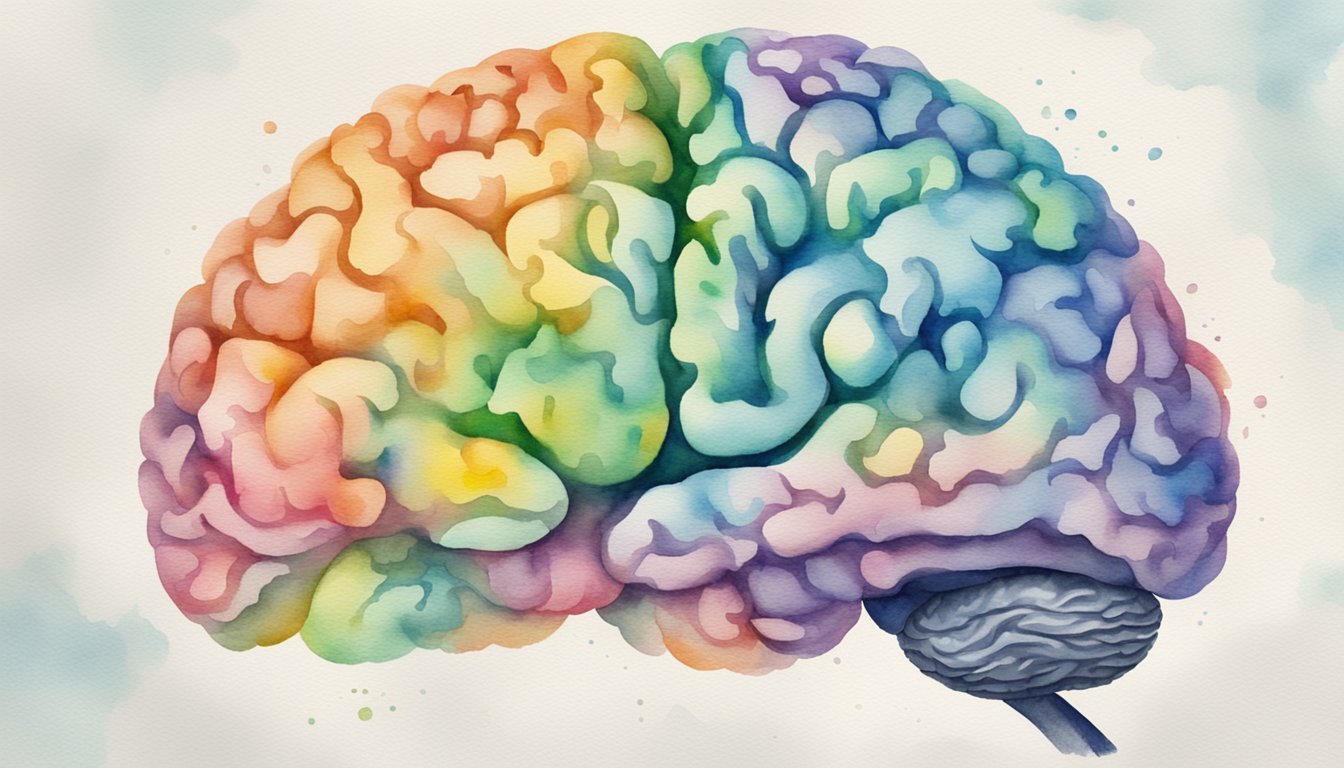Understanding Autism and its Neurological Foundation
Autism Spectrum Disorders (ASD) are a group of complex neurodevelopmental disorders with a strong neurobiological basis. Research in neurology and genetics has begun to uncover the differences in the neuroanatomy and brain function of individuals with autism, which may be affected by both genetic and environmental factors.
Neuroanatomy of the Autistic Brain
Research suggests that there are observable differences in the neuroanatomy of the autistic brain. Neuroimaging studies, particularly those using MRI, have highlighted variations in brain regions such as the amygdala, hippocampus, cerebellum, and corpus callosum. For example, some findings show altered white matter volume and reduced cortical thickness in certain areas, which may affect neural networks. The frontal lobe and the temporal lobe, areas critical for language and social interaction, often show noticeable differences in individuals with ASD.
Brain Function and Activity in Autism
Brain function and activity in autism exhibit distinct patterns. Functional MRI, a tool used to measure and map brain activity, has revealed atypical functional connectivity, involving both hyperconnectivity and hypoconnectivity in neural circuits. This connectivity theory attempts to explain the diversity of sensory and cognitive experiences reported by people with autism. Studies indicate inconsistencies in how the motor cortex and cerebral cortex process information, potentially impacting the individual’s motor skills and sensory experiences.
Developmental Trajectories and Autism
The developmental trajectories of children with autism can show variations in cortical development that manifest as early as infancy. Research using diffusion tensor imaging has studied these neurodevelopmental changes, revealing differences in gray matter and brain surface area compared to typically developing children. These factors underscore the complex interplay of genetics and environmental influences on the development of the autistic brain, with implications for early detection and intervention.
Behavioral and Cognitive Aspects of Autism

Autism Spectrum Disorder (ASD) encompasses a range of neurodevelopmental conditions that have a significant impact on an individual’s communication, behavior, and social cognition. These distinctions are not only clinically relevant for diagnosis but also provide insight into the unique ways in which individuals with autism experience the world.
Communication and Social Interaction Difficulties
Individuals with autism often exhibit challenges in effective communication and social interaction. This can manifest in difficulties with understanding social cues and engaging in typical social behavior. For example, children with autism may find it hard to maintain eye contact, understand body language, or interpret the emotional expressions of others. Such difficulties in face processing are key indicators in the diagnosis of autism, as they significantly affect the ability to interact and form relationships with peers. This aspect of ASD is prevalent across various cultures, from the UK to Asia, reflecting the global nature of the condition.
Autism Spectrum Disorders’ Impact on Behavior
Autism can greatly influence an individual’s behavior, often seen through repetitive activities or restricted interests, which are known as stereotype behaviors. These can range from simple actions such as lining up toys to more complex routines and rituals. Moreover, some individuals may show heightened sensitivities to sensory stimuli, including tactile, auditory, and visual experiences. Research indicates these behavioral patterns are associated with structural changes in the brain, like variations in brain volume and the integrity of certain neural networks.
Autism and Associated Neurodevelopmental Conditions
Beyond the core deficits in social communication and behavior, autism is frequently associated with other neurodevelopmental and psychiatric conditions such as intellectual disability, epilepsy, anxiety, and, less commonly, schizophrenia. These comorbid conditions can complicate the lived experience of individuals with ASD and are gradually being understood in terms of underlying neurobiology through the use of neuroimaging techniques like MRI and functional MRI. Additionally, there’s growing interest in how factors like sex differences and lateralization might contribute to the varying phenotypes observed in autism.

